VF arrest at home, no memory of chest pain. Angiography non-diagnostic. Does this patient need an ICD? You need all the ECGs to know for sure.
Dr. Smith's ECG Blog
JUNE 23, 2024
Written by Willy Frick A man in his 50s was at home with his family when they heard a thud and rushed into the room to find him unconscious with agonal respirations. His daughter immediately started CPR and another family member called EMS. When EMS arrived the patient was in ventricular fibrillation. They shocked him twice before return of spontaneous circulation.
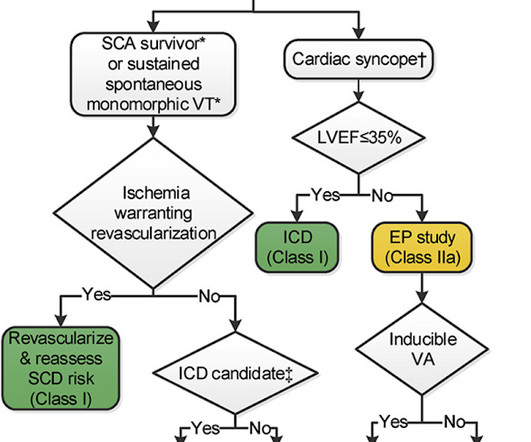
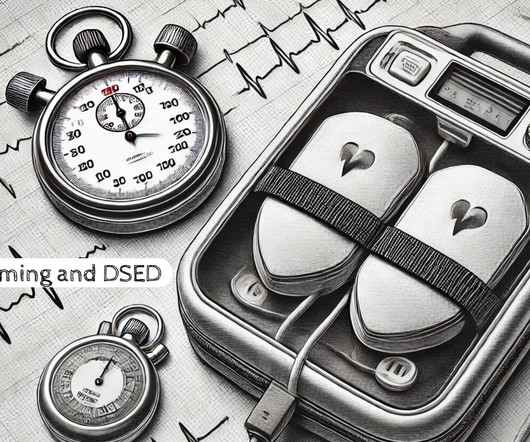

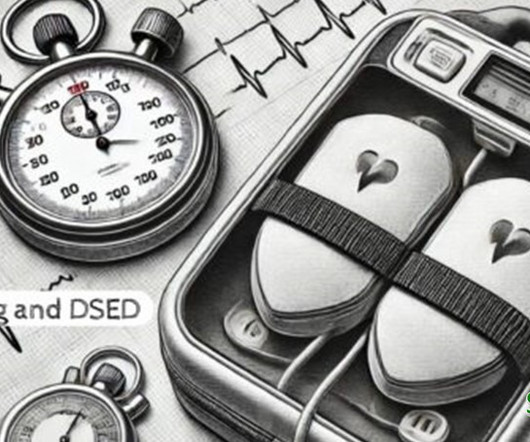


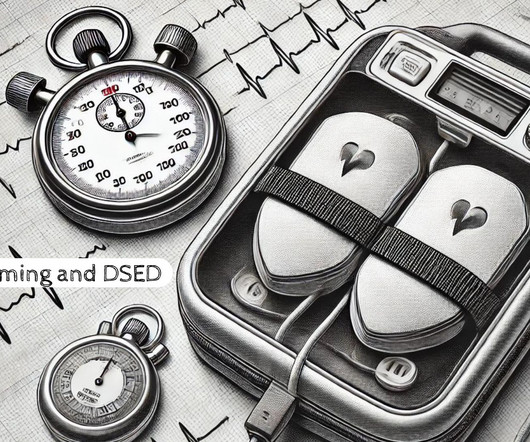
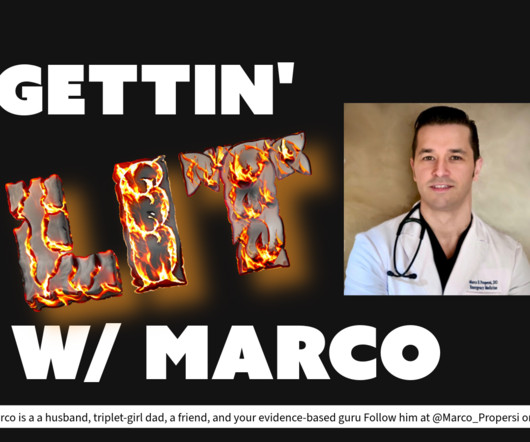







Let's personalize your content